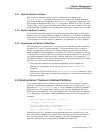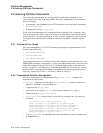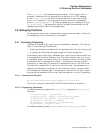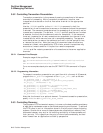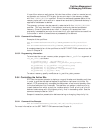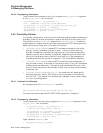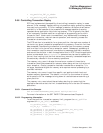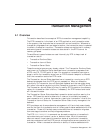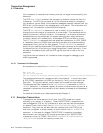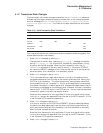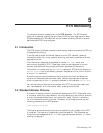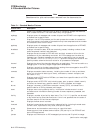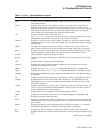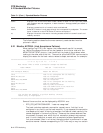
4
Transaction Management
4.1 Overview
This section describes the concepts of RTR’s transaction management capability.
The RTR transaction is the heart of an RTR application, and transaction state
is the property that characterizes a transaction’s current condition. Whenever a
transaction progresses from one stage to another, the transaction state is updated
to reflect a transaction transition. Transaction states are maintained in memory
and some types of transaction states are also stored in the RTR Journal for
recovery purposes.
Three different types of states are used internally by RTR to keep track of
transaction status.
• Transaction Runtime State
• Transaction Journal State
• Transaction Server State
These three state types are very closely related. The Transaction Runtime State,
also known as Transaction State, describes how a transaction progresses from
a RTR role (FE, TR, BE) point of view. For example, a transaction can enter a
stage in which its transaction state from an RTR frontend viewpoint is different
than the transaction state of an RTR router.
The Transaction Journal State describes how a transaction running on an RTR
backend progresses from the RTR journal perspective. When a transaction
transitions, its Transaction Journal State gets updated and the new state along
with other information pertaining to this transaction is stored in the RTR journal.
The Transaction Journal State is primarily used by RTR to perform the recovery
replay of a transaction after a failure, if necessary. An RTR frontend and router
will not see this state.
The Transaction Server State describes transaction state transition seen by the
server. RTR uses this state to determine if a server is available to process a
new transaction or if a server has voted on a particular transaction. As with the
Transaction Journal State, the Transaction Server State is only managed at the
backend.
RTR provides a set of comprehensive management utilities to help users closely
monitor the flow of a transaction and all three types of states associated with that
transaction. These utilities help users understand how a transaction migrates
from one stage to another and help diagnose problems.
The RTR
SHOW TRANSACTION
command can be used to examine a transaction’s
up-to-date status on frontend, router or backend roles. With this command,
users can see all three types of transaction states of a particular transaction
and also understand how the RTR journal and application servers perceive this
transaction. When a transaction commits or aborts, all status associated with
Transaction Management 4–1



